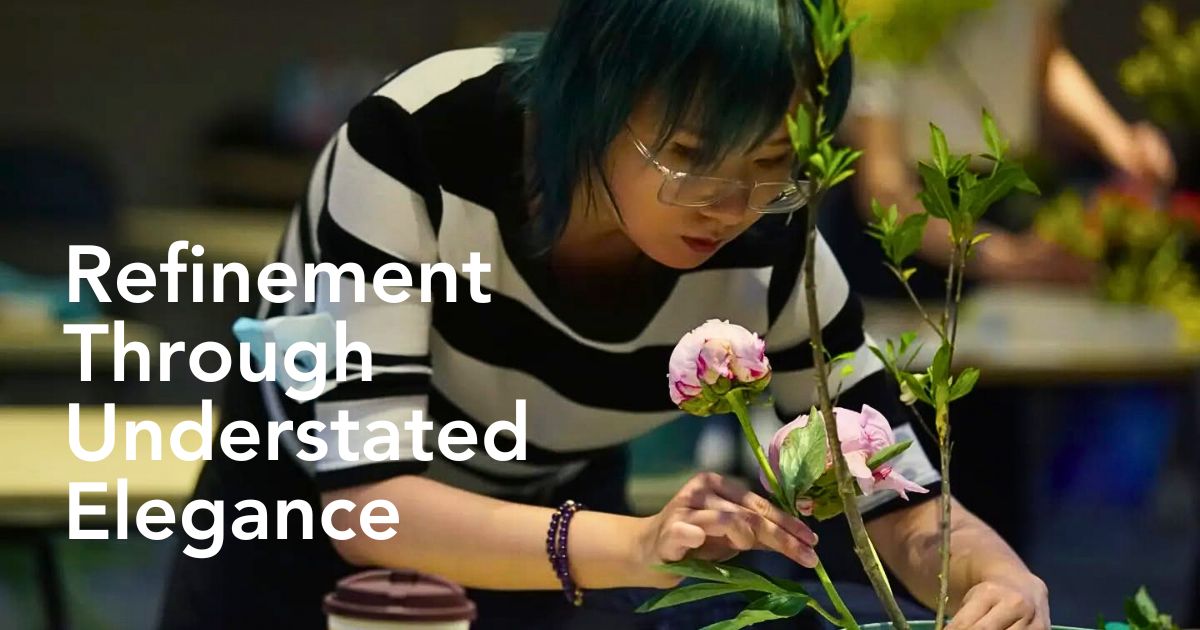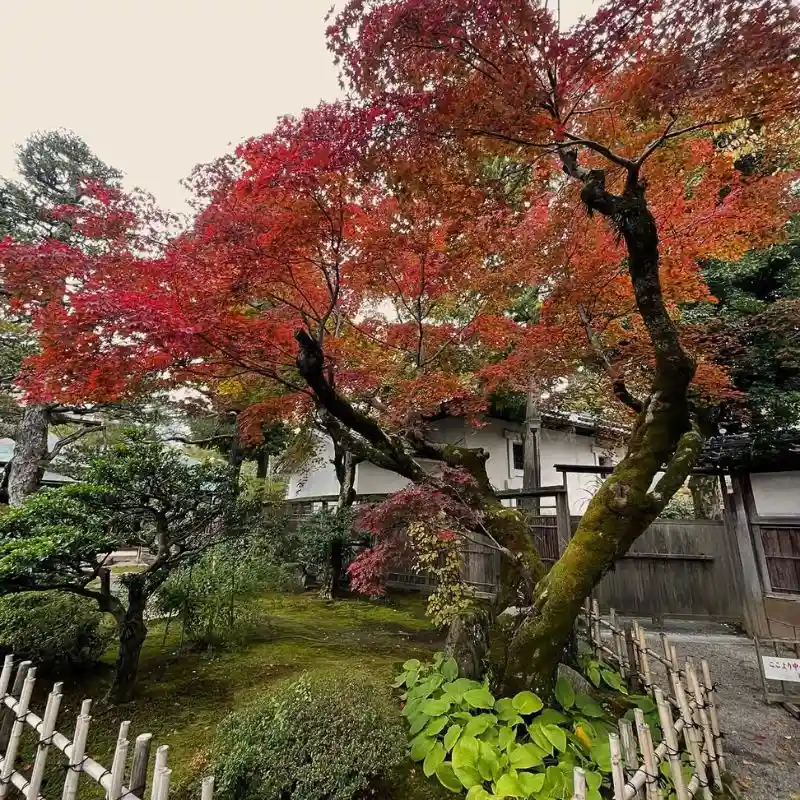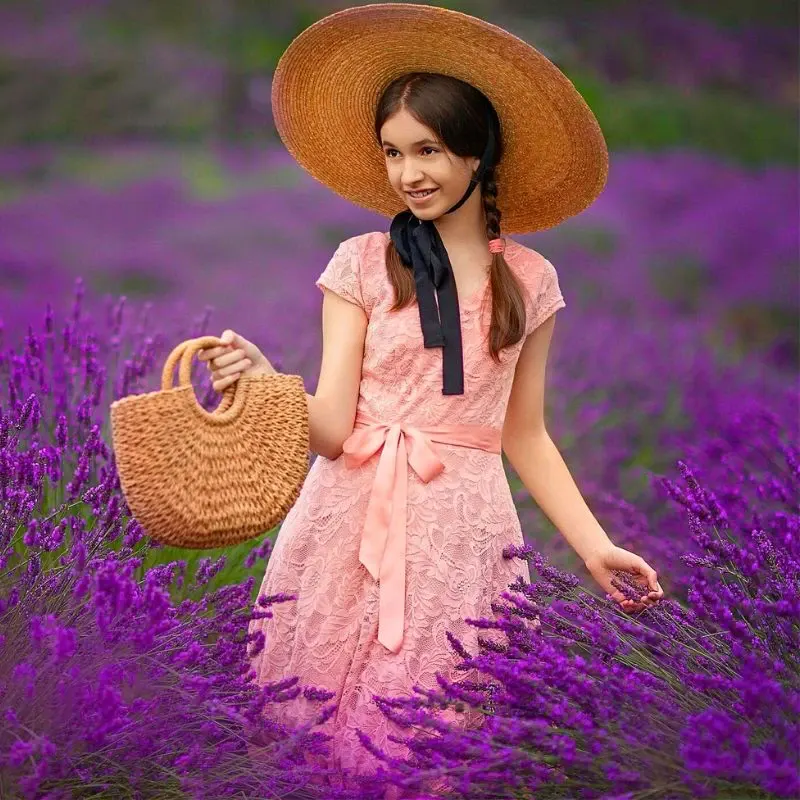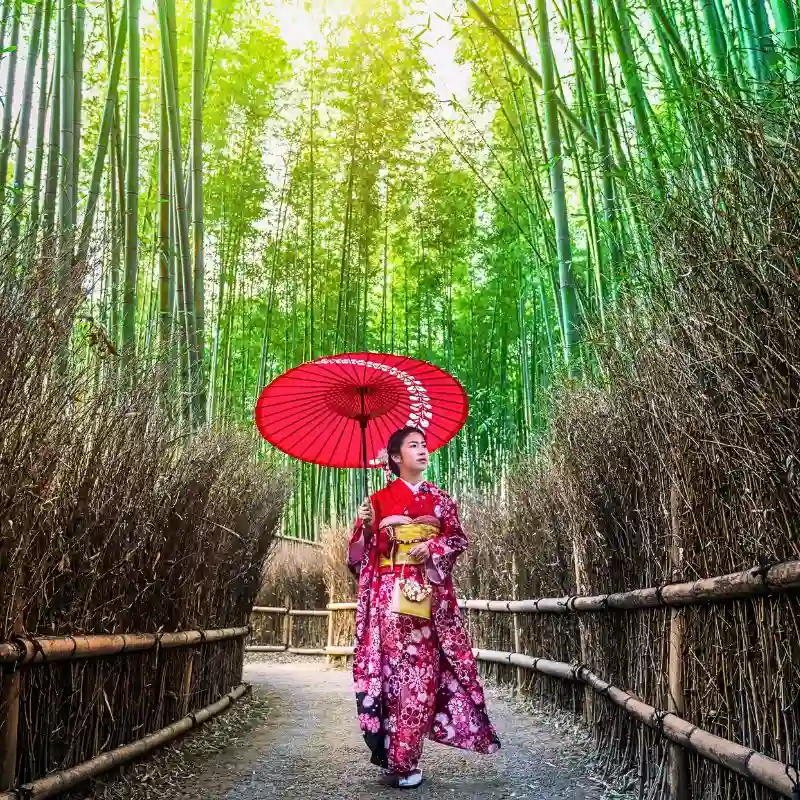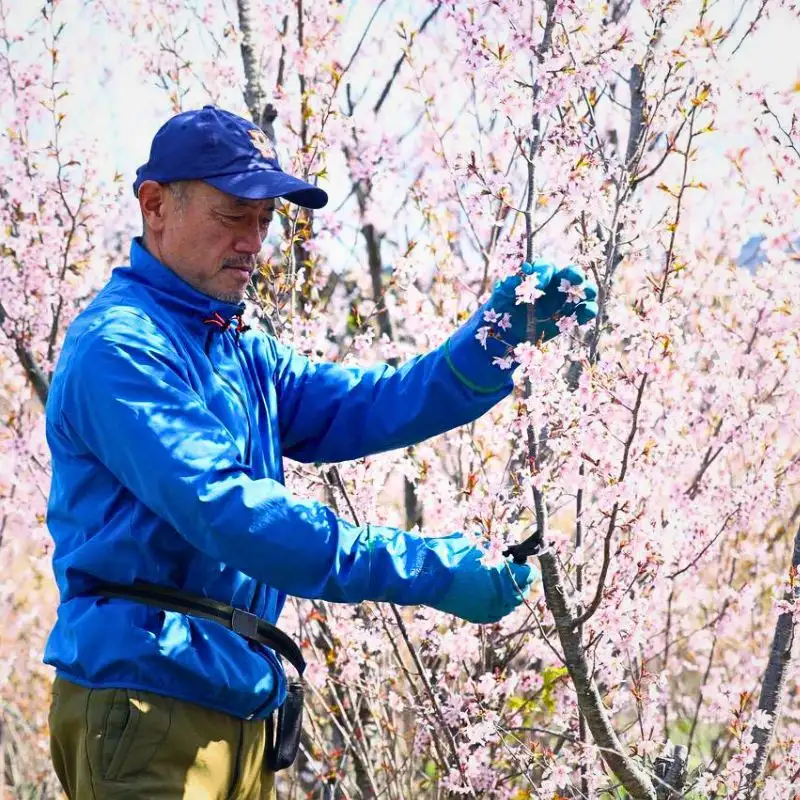"Enchanting" is what you’d say Japanese values and traditions are. Known for its reverence for nature and floral beauty, Japan’s cultural ideals are often shown through arrangements, designs, and decor. Japanese flower arrangements often embody traditional values, and exploring them usually calls for understanding some concepts. Iki (粋) is one of those. This is a sophisticated aesthetic ideal that emerged during Japan's Edo period (1603-1868). It represents far more than simple elegance; it exemplifies simplicity, intricacy, spontaneity, and originality, crafting a unique aesthetic philosophy that celebrates refined restraint over ostentatious display.
Understanding Iki, the Essence of Refined Elegance
The origins of iki are ingrained in the urban merchant class culture of Edo (modern-day Tokyo), where it developed as a refined response to restrictive sumptuary laws that limited displays of wealth. Rather than a blatant show of luxury, iki expressed subdued displays of taste or wealth, with an emphasis on belying—on first glance—the efforts taken to appear stylish. This aesthetic principle became a way to communicate refinement through understated elegance; a beauty that was ephemeral, straightforward, measured, and unselfconscious.
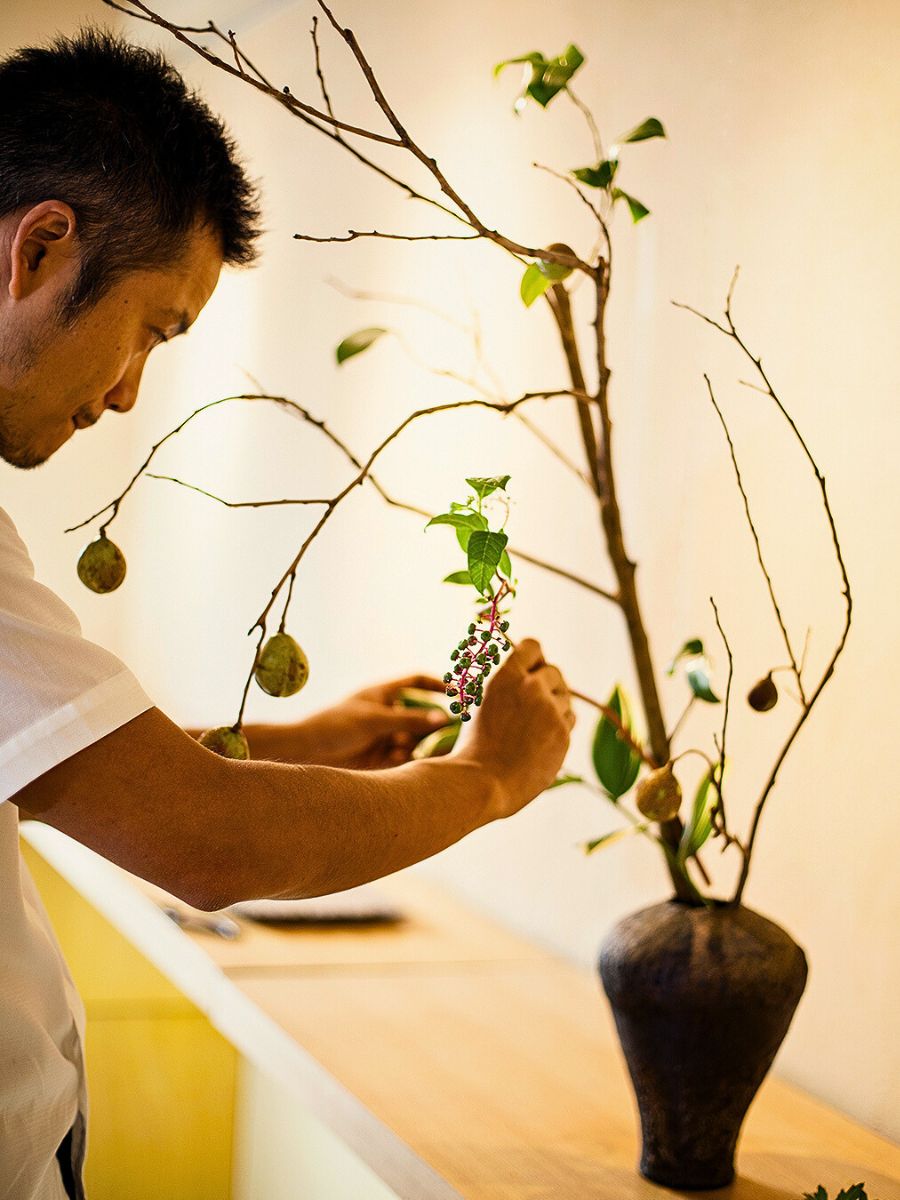
Iki distinguishes itself from other Japanese aesthetic concepts in its emphasis on human consciousness and phenomena that exhibit personal will. Unlike wabi-sabi, which finds beauty in natural imperfection, iki is not, quite, found in nature intrinsically, but rather may be expressed in human appreciation of natural beauty. This makes it particularly relevant to the art of ikebana, where human artistry changes natural materials into expressions of refined elegance.
Iki and Ikebana’s Way of Flowers
Ikebana (生け花), literally meaning ‘arranging flowers’ or ‘making flowers alive’, is one of Japan's three classical arts of refinement, alongside the tea ceremony (chadō) and incense appreciation (kōdō). This ancient practice, which originated from Buddhist flower offerings in the 6th century, evolved from simple religious rituals into an art form expressing much deeper philosophical principles.
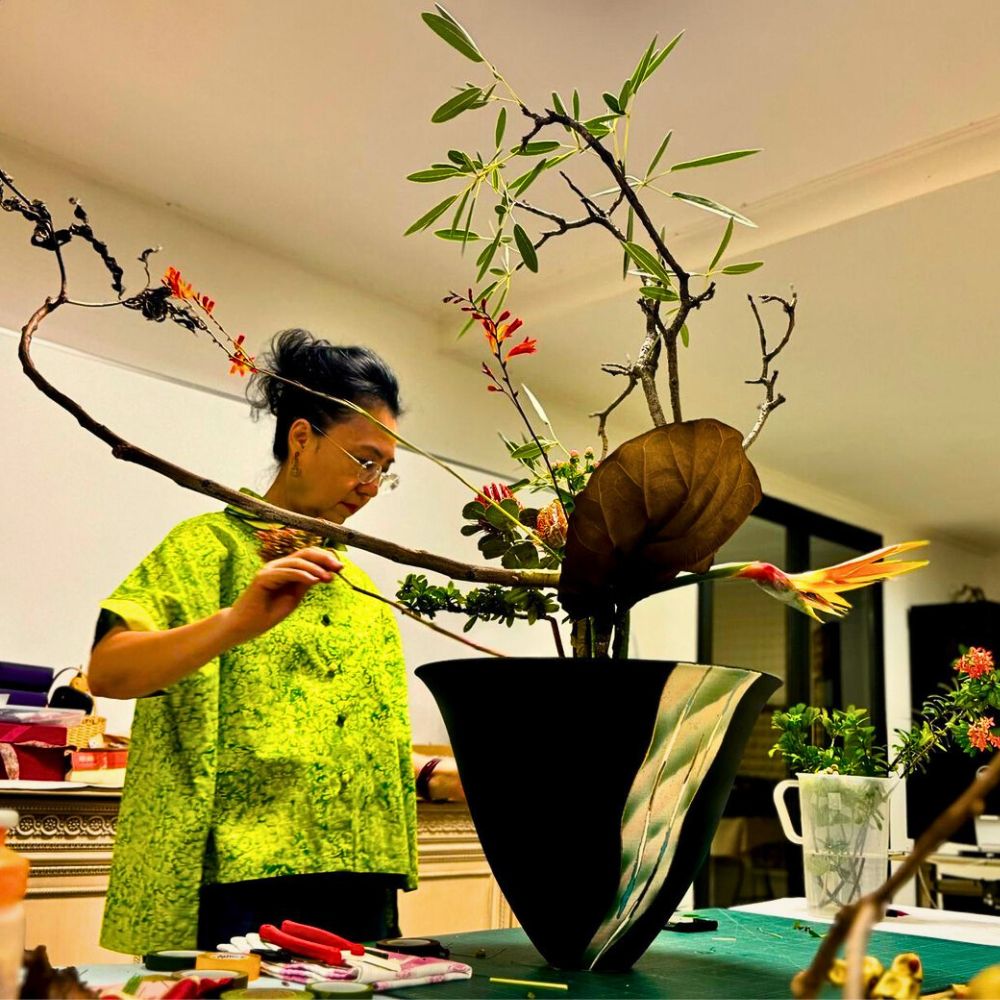
The development of this art form is an echo of Japan's deep spiritual connection to nature, based on both Shinto and Buddhist traditions. As one scholar notes, "Japanese gardens go past mere imitation or manipulation of nature; they encapsulate an idealized rendition that underscores the essential”. This same principle applies to ikebana, where arrangements seek to capture not just the visual beauty of flowers, but their spiritual essence and symbolic meaning.
Unlike Western flower arrangements that typically emphasize volume and symmetry, ikebana prioritizes the shapes, forms, and colors of the flowers while accentuating the flowers' stems and leaves. The approach is based on some fundamental Japanese aesthetic principles, including harmony, minimalism, seasons, symbolism, and meaning, which results in arrangements that function more as meditative expressions rather than just decorative objects.
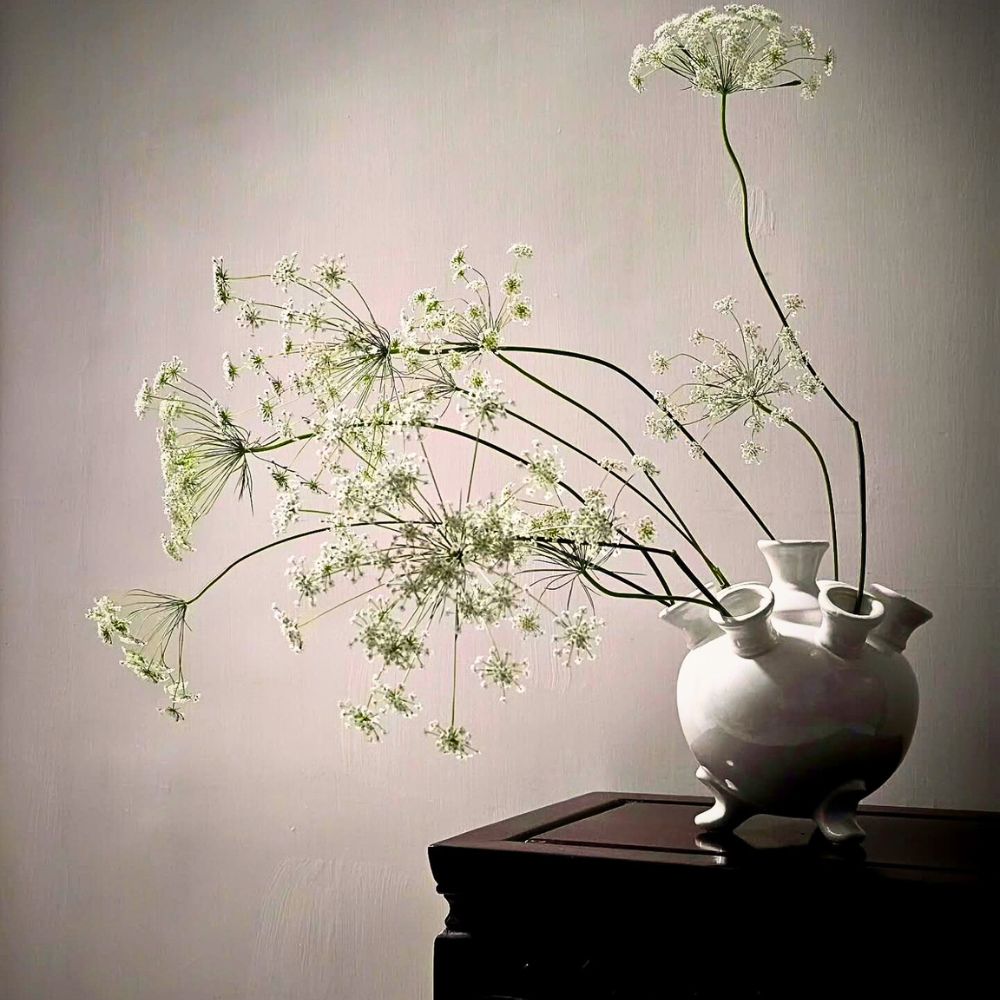
Traditional ikebana styles like rikka, for instance, use multiple branches to represent natural landscapes, while more free-form styles like nageire allow for spontaneous expression, both demonstrating the value placed on individuality within a framework of aesthetic discipline. And, through ikebana principles, Japanese flower arrangements manifest iki by achieving a refined, unique beauty that is both personal and universally resonant.
Principles for Structural Expression of Iki
Modern ikebana practice is guided by seven fundamental principles that directly typify the values of iki and traditional Japanese aesthetics. These are silence, minimalism, shape and line, form, humanity, aesthetics, and structure. These principles work together to create arrangements that exemplify refined uniqueness through conscious restraint and sophisticated simplicity.
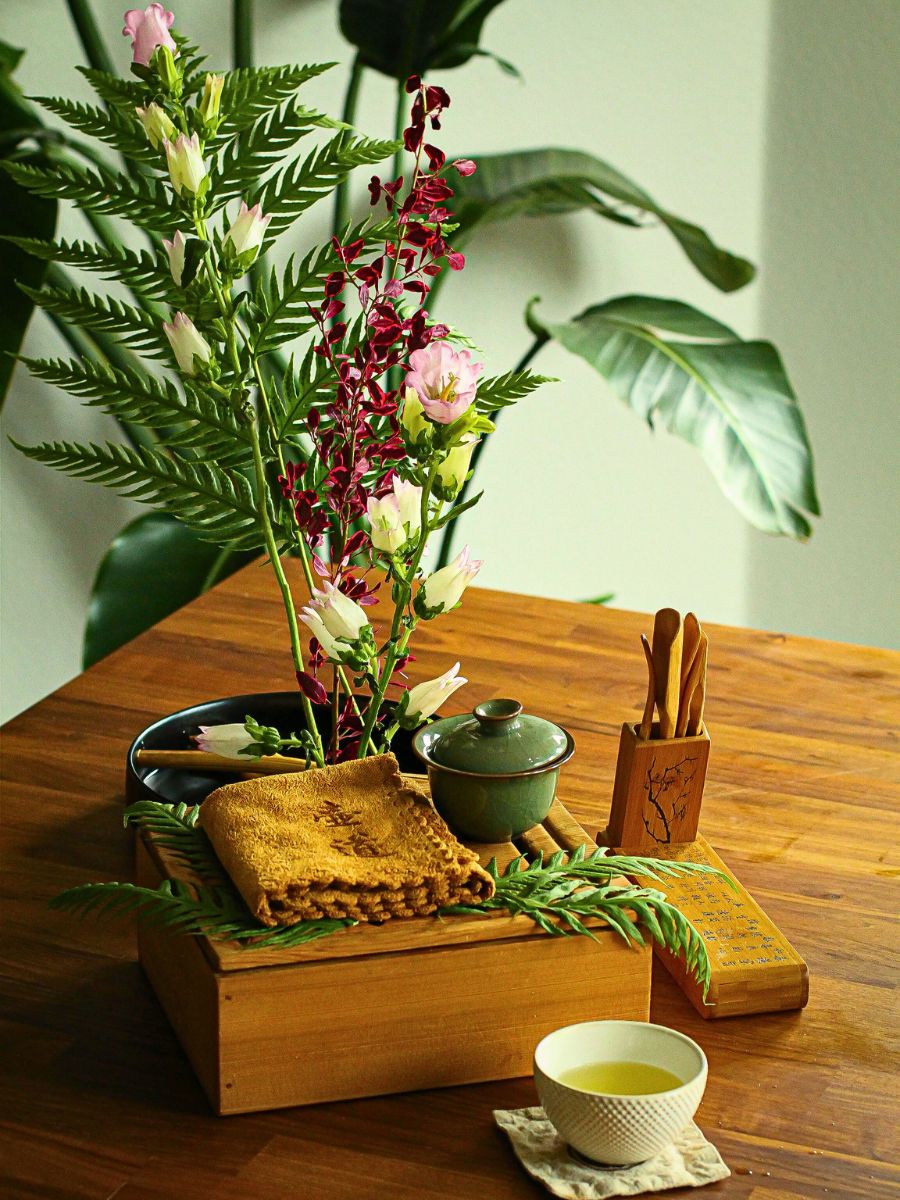
The principle of silence utilizes the Japanese concept of ‘ma’ (間), or negative space, recognizing that empty areas are just as meaningful as the filled ones. This shows iki's appreciation for what is unsaid or unshown, creating elegance through conscious omission rather than addition. Minimalism, the second principle, conveys a sense of beauty by only using the most essential forms and avoiding unnecessary ornamentation, directly echoing iki's preference for understated beauty instead of elaborate display.
Shape and line guide the visual flow of arrangements, creating movement that appears natural, yet it is carefully orchestrated—a perfect expression of iki's emphasis on making artistry appear effortless. The principle of form ensures that each element performs a specific purpose. The principle of humanity, on the other hand, points out that ikebana is fundamentally about human expression through natural materials, aligning with iki's focus on conscious artistry more than it being a natural occurrence.
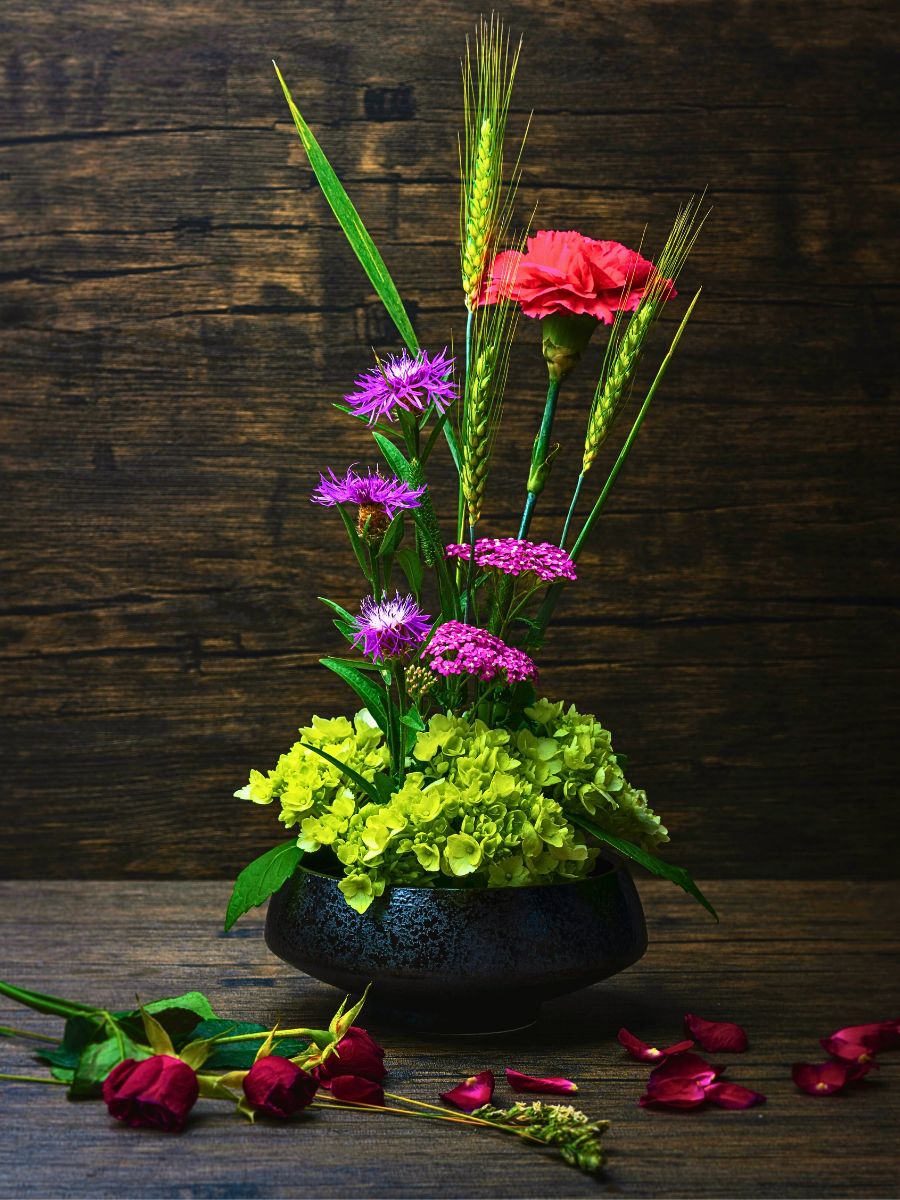
Seasonal Awareness and Temporal Beauty
One of the most distinctive ways through which ikebana embodies traditional Japanese values is through its connection to seasonal cycles and the appreciation of temporal beauty. Acknowledging and appreciating seasonal changes is central to ikebana, with arrangements being a reflection of a specific moment in time—a snapshot or portrait paying respect to the current season. This practice echoes the Buddhist concept of impermanence (mujō or 無常) and the aesthetic principle of mono no aware (物の哀れ) or the pathos of things—bittersweet awareness of life's transience—which is all about the understanding that everything is in a state of flux and that nothing lasts forever.
Traditional ikebana arrangements incorporate specific seasonal elements that carry cultural meaning: bamboo grass stands year-round as an everlasting symbol, while pine and Japanese plum branches mark the new year, delicate peach branches celebrate Girls' Day, and cow lilies in summer and chrysanthemums in autumn acknowledge the changing seasons. This seasonal sensitivity shows how those who practice ikebana nurture refined awareness of natural rhythms, symbolizing the iki principle of sophisticated consciousness.
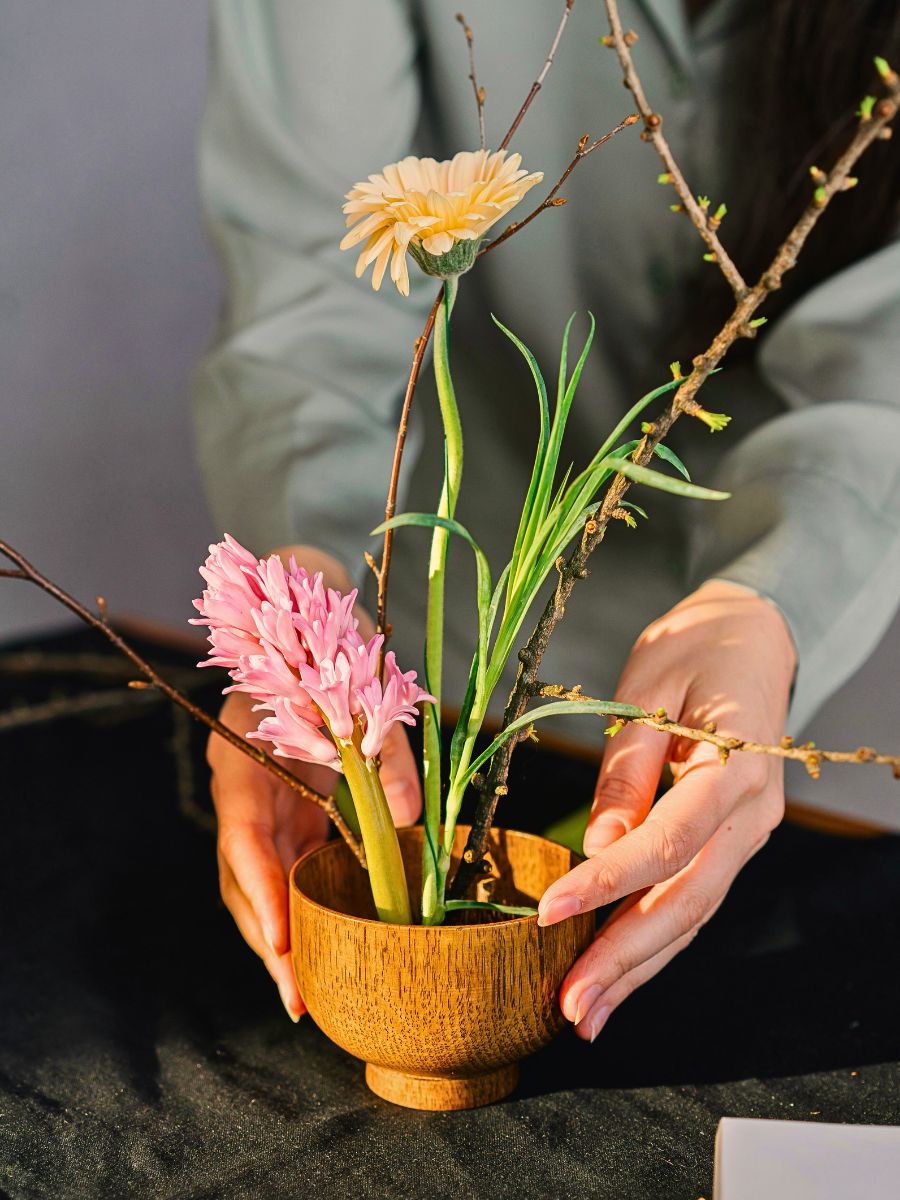
The temporal aspect of ikebana also echoes iki's appreciation for the ephemeral. Unlike permanent art forms, flower arrangements are inherently transient, requiring one to find beauty in impermanence. This acceptance of temporary beauty—where if a petal happens to fall into the water, then so be it—exemplifies the iki aesthetic of finding cause and elegance in natural processes rather than fighting against them, standing in their way, or attempting to change them.
The Philosophy of Three Elements
Important to the ikebana philosophy is the concept of three primary elements representing 'heaven' (ten), 'earth' (chi), and 'humanity' (jin). This triangular relationship creates what practitioners would call ‘the harmony between heaven, man, and earth, rising as one’. The three-element structure is all about traditional Japanese values of balance, hierarchy, and the interconnectedness of all existence.
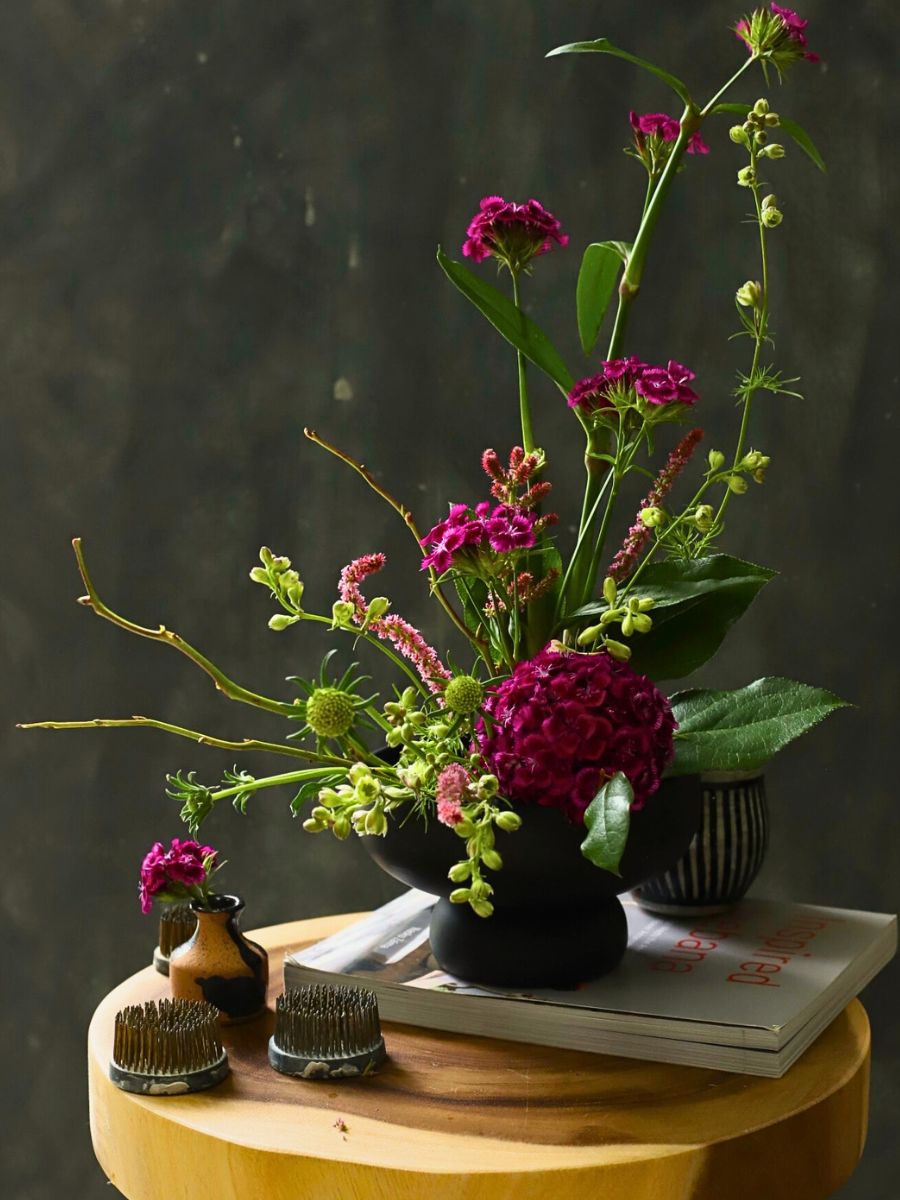
The 'heaven' element, typically the tallest branch or flower, reaches upward in aspiration and spiritual connection. The 'earth' element grounds the arrangement in material reality, while the 'human' element mediates between the two, representing conscious choice and artistic intervention. This triadic structure reflects Confucian concepts of proper relationships and Buddhist understanding of interdependence, while expressing these philosophical concepts through the refined restraint characteristic of iki.
Careful positioning of these elements requires what ikebana masters would, perhaps, call ‘brave composure’ and ‘resignation’—qualities that directly bring into line iki's emphasis on measured confidence and acceptance of limitation. One must, therefore, make conscious choices about which elements to include and how to arrange them, emphasizing the iki principle that true elegance lies in knowing what to omit just as much as what to include.
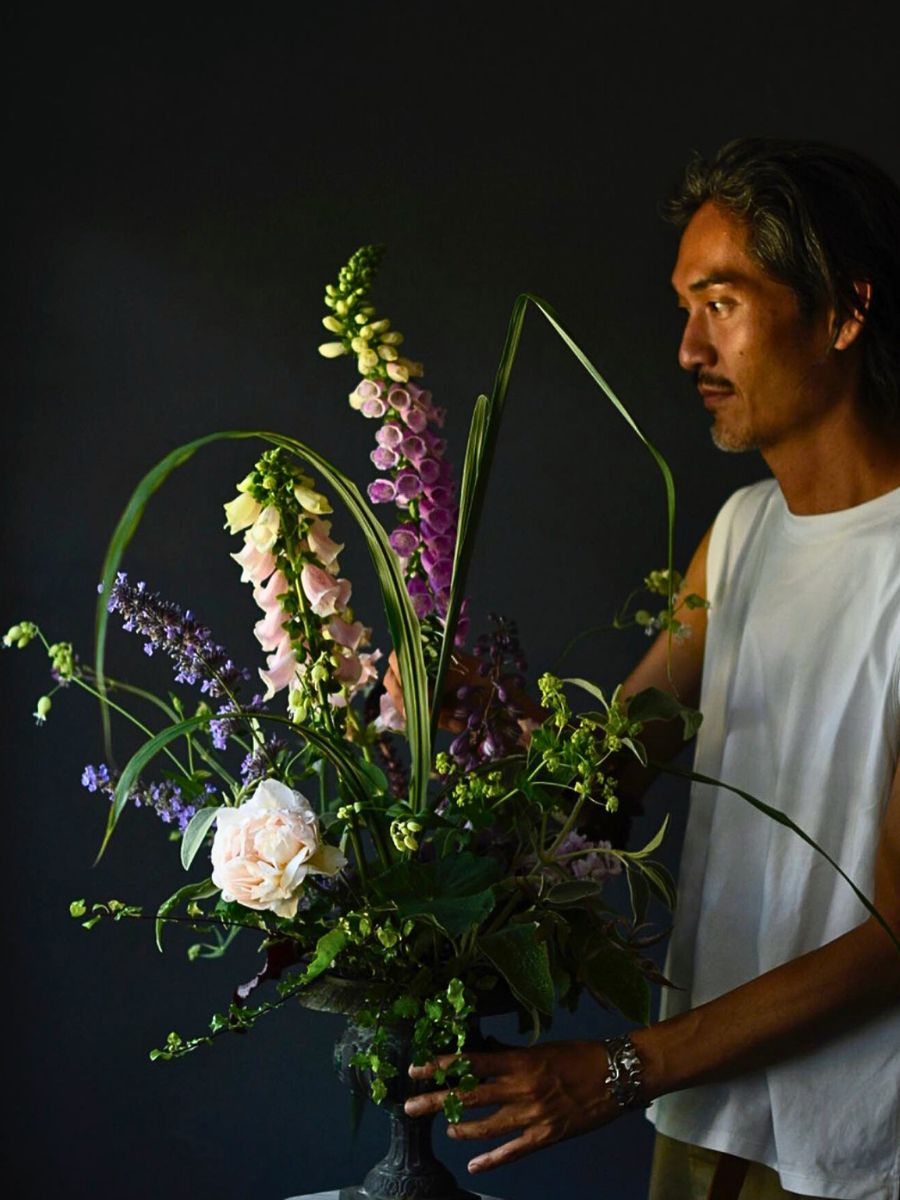
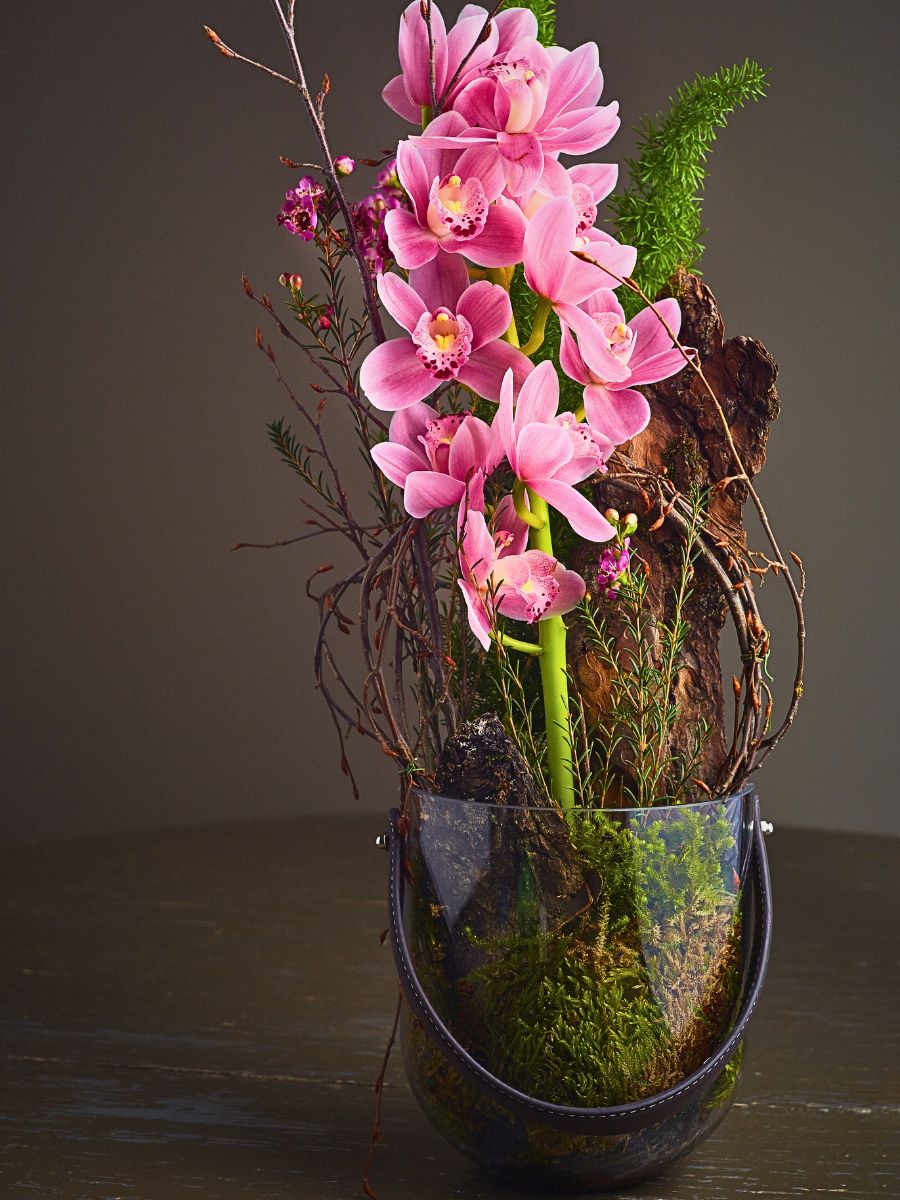
Iki in Mindfulness and Spiritual Practice
Ikebana is more than aesthetic expression; it is a form of meditation and spiritual practice that promotes traditional Japanese values of mindfulness and reverence. The whole process of creating arrangements encourages this aspect as well as spiritual awareness, requiring discipline, focus, and concentration, helping one to develop patience and heightened connection to the natural world.
This meditative aspect reflects Zen Buddhist influence on Japanese culture, where routine activities become opportunities for spiritual development. The mindful selection and placement of each element in an ikebana arrangement mirrors Zen practices of attention to the present moment and experience. As one engages with natural materials, they nurture what Japanese culture calls ‘omoiyari’—the ability to notice and think of others, or a deep form of empathy and consideration for others, going beyond simple kindness to actively anticipating and fulfilling their needs. This extends one’s awareness to include the natural world.
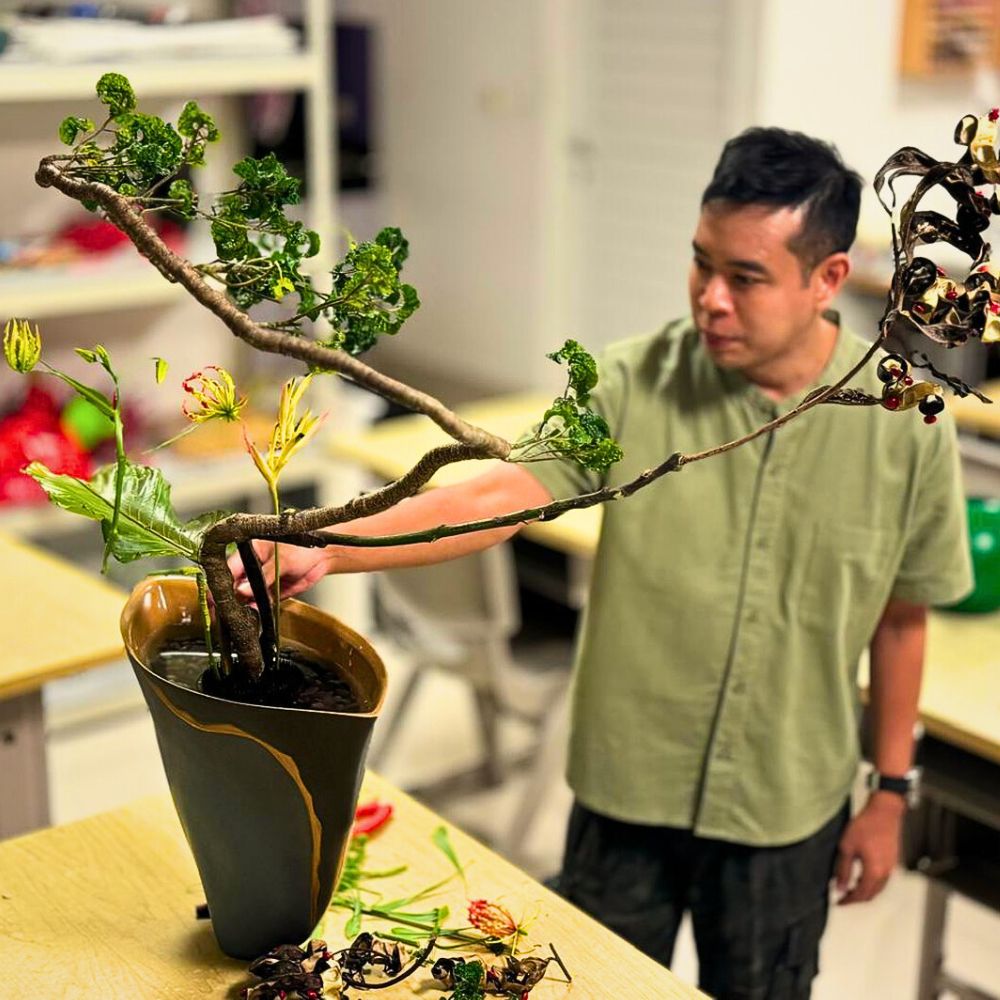
The spiritual aspect of ikebana also exemplifies the Shingon Buddhist concept of six elements: earth, water, wind, fire, space, and knowledge. These elements carry the aspects of Buddha-nature; each one perfect unto itself but not existing apart from the whole. This shows how ikebana arrangements seek to capture universal principles through particular material expressions.
Iki’s Contemporary Relevance and Cultural Transmission
In modern-day Japan and increasingly around the world, ikebana continues to be a medium for transmitting traditional values while adapting to contemporary contexts. The practice epitomizes what scholars would call refined uniqueness—the iki principle of creating something distinctly personal while respecting traditional forms and meanings.
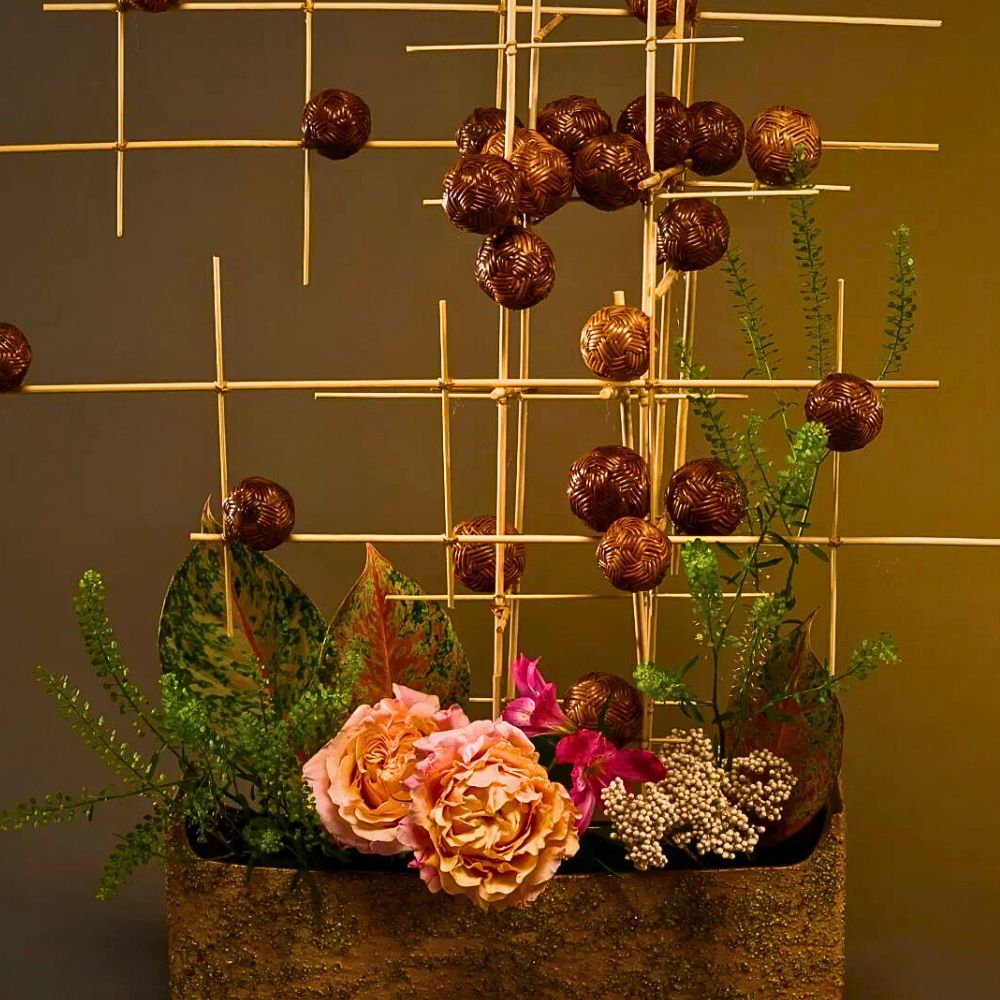
Modern ikebana schools, including the traditional Ikenobo school, the balanced Ohara school, and the contemporary Sogetsu school, reveal how iki values of intricacy and restraint can develop without losing their essential character. Each school maintains the essential principles of seasonal awareness, minimalist aesthetics, and spiritual mindfulness while allowing for individual expression and contemporary innovation.
The current worldwide appeal of ikebana also talks to the broader recognition of what iki represents: an alternative to consumer culture's emphasis on accumulation and display. Environmental awareness and mindful living are now more of a norm than they are discretionary, and thus, ikebana's ideologies of using only the most essential forms and finding beauty in the mundane and simple, offer a way toward more sustainable and expressive aesthetic practices.
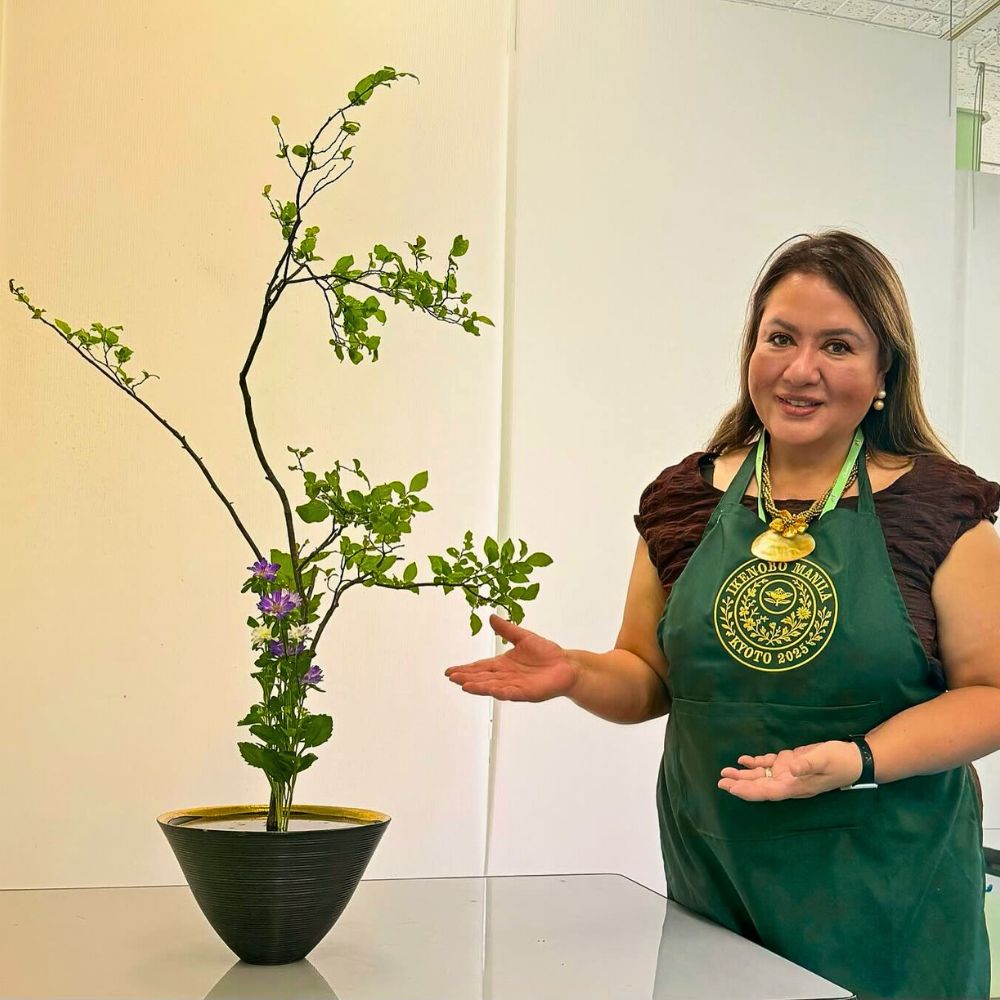
In this way, ikebana is both an artistic practice and cultural diffusion, meaning that through it, the values of refined restraint, seasonal awareness, and spiritual mindfulness find sustained expression in contemporary living and floral art, through its elaborate evocation of beauty that acknowledges human creativity, mindfulness, and natural elements.
Feature image by @hiroyukimorita3, header image by @quinn_zsw.

